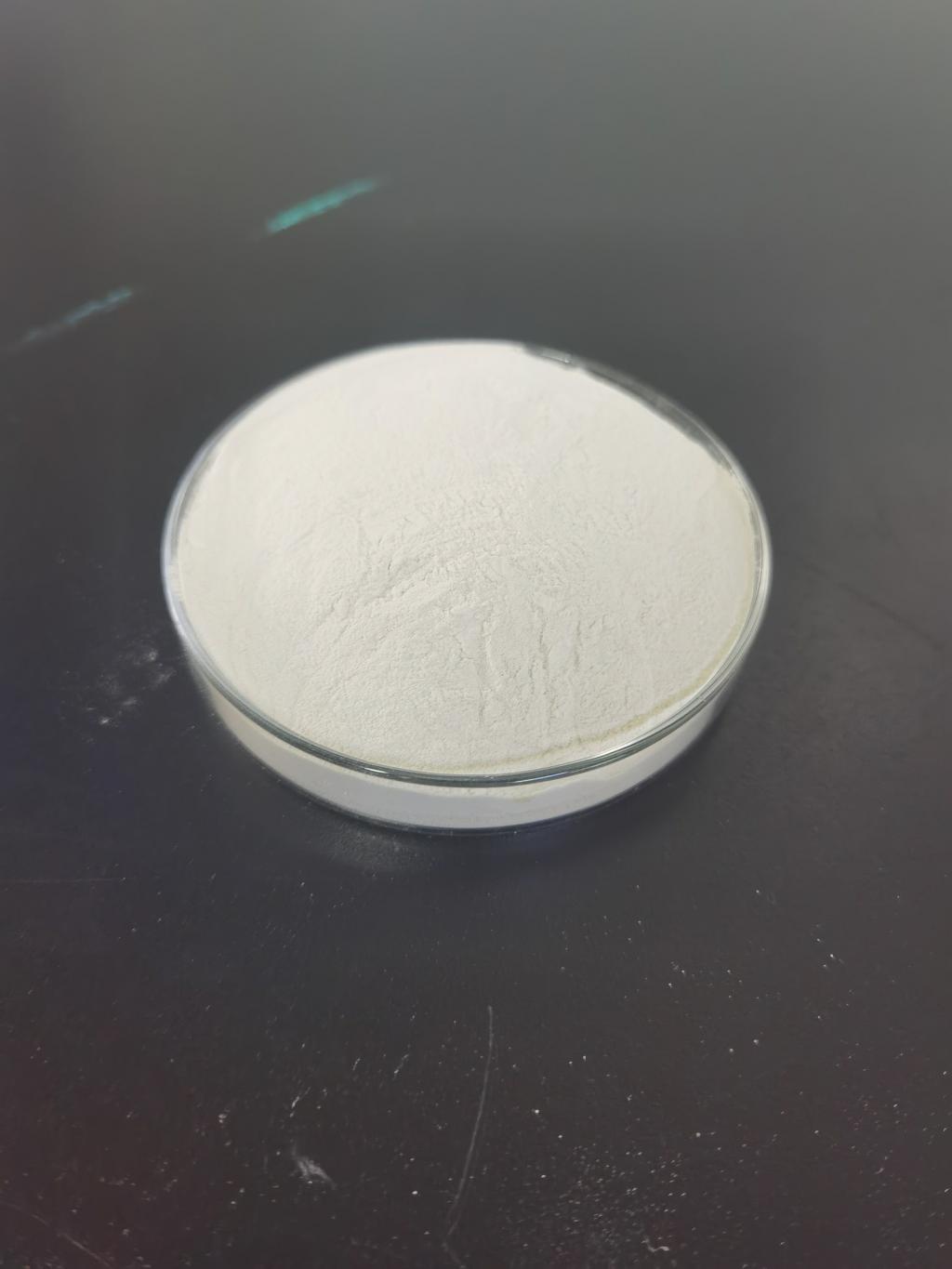Tel:+8618231198596

News
 CONTACT
CONTACT
 CONTACT
CONTACT
- Linkman:Linda Yao
- Tel: +8618231198596
- Email:linda.yao@dcpharma.cn
- Linkman:CHARLES.WANG
- Department:Overseas
- Tel: 0086 0311-85537378 0086 0311-85539701
News
Current Position:
Home >
News
>Nisin's safety and efficacy ensure the integrity of culinary experiences.
Nisin's safety and efficacy ensure the integrity of culinary experiences.
TIME:2024-04-11
Understanding Nisin: A Natural Defender of Food Quality
Nisin, a naturally occurring antimicrobial peptide, is derived from the bacterium Lactococcus lactis. Discovered in the 1920s by scientists investigating the properties of certain bacteria in cheese production, nisin's antimicrobial properties were soon recognized for their potential in food preservation. Unlike synthetic preservatives, nisin is produced through fermentation, aligning with the growing consumer preference for natural food additives.
Safety Profile of Nisin
One of the foremost concerns in food preservation is ensuring the safety of the preservatives used. In this regard, nisin enjoys a stellar reputation. Extensive research and regulatory scrutiny have established its safety for consumption. Regulatory bodies such as the Food and Drug Administration (FDA) and the European Food Safety Authority (EFSA) have approved nisin as a safe food additive, reinforcing its trustworthiness.
Studies evaluating nisin's safety have consistently affirmed its benign nature when used within prescribed limits. Its mode of action, targeting bacterial cell membranes, ensures its specificity against harmful microorganisms while sparing beneficial ones. Moreover, its natural origin alleviates concerns associated with synthetic additives, assuring consumers of its safety.
Efficacy in Food Preservation
Nisin's efficacy in food preservation is unparalleled. As a potent antimicrobial agent, it inhibits the growth of a broad spectrum of bacteria, including pathogenic strains such as Listeria monocytogenes and Staphylococcus aureus. This ability to combat microbial proliferation extends the shelf life of numerous perishable food products, ranging from dairy to meat and beyond.
The efficacy of nisin is not limited to its antimicrobial properties; it also exerts synergistic effects when combined with other preservatives or processing techniques. This synergism enhances overall preservation efficacy while minimizing the need for higher concentrations of individual preservatives, thereby addressing concerns about additive levels in food.
Applications of Nisin in Culinary Endeavors
The versatility of nisin extends its applications across a wide array of culinary endeavors. In the dairy industry, it is commonly used to preserve cheese, yogurt, and other dairy products, safeguarding against spoilage bacteria and extending product shelf life. In meat processing, nisin inhibits the growth of pathogens, enhancing the safety and longevity of processed meats.
Beyond traditional applications, nisin finds utility in novel food formulations and preservation techniques. Its compatibility with various food matrices and processing conditions makes it an attractive option for manufacturers seeking natural preservation solutions. From ready-to-eat meals to packaged snacks, nisin offers a reliable means of maintaining food quality throughout the supply chain.
Promoting Consumer Confidence in Food Quality
In an era marked by heightened awareness of food safety and quality, consumers are increasingly discerning about the products they purchase. Nisin plays a pivotal role in bolstering consumer confidence by ensuring the safety and integrity of food products. Its natural origin, coupled with its well-established safety and efficacy, resonates with consumers seeking wholesome and trustworthy food options.
Moreover, the use of nisin aligns with broader consumer trends favoring clean label ingredients and minimal processing. By opting for natural preservatives like nisin, manufacturers can cater to these preferences, fostering trust and loyalty among discerning consumers.
Regulatory Considerations and Future Outlook
Despite its widespread acceptance and proven track record, the regulatory landscape surrounding nisin continues to evolve. Ongoing research and advancements in food science may prompt revisions to existing regulations or spur the development of new applications. Regulatory bodies will continue to play a crucial role in ensuring the safe and responsible use of nisin in food production.
Looking ahead, the future of nisin appears promising. As consumer demand for natural and sustainable food additives grows, the demand for nisin is poised to escalate. Continued research into its applications, efficacy, and safety will further cement its position as a cornerstone of modern food preservation.
Conclusion
Nisin stands as a beacon of safety and efficacy in the realm of food preservation, safeguarding culinary experiences while promoting confidence in food quality. Its natural origin, coupled with its proven safety and efficacy, positions it as a preferred choice for manufacturers and consumers alike. As the food industry evolves to meet the demands of a discerning consumer base, nisin will continue to play a vital role in shaping the future of food preservation and ensuring the integrity of culinary experiences worldwide.
- Tel:+8618231198596
- Whatsapp:18231198596
- Chat With Skype







